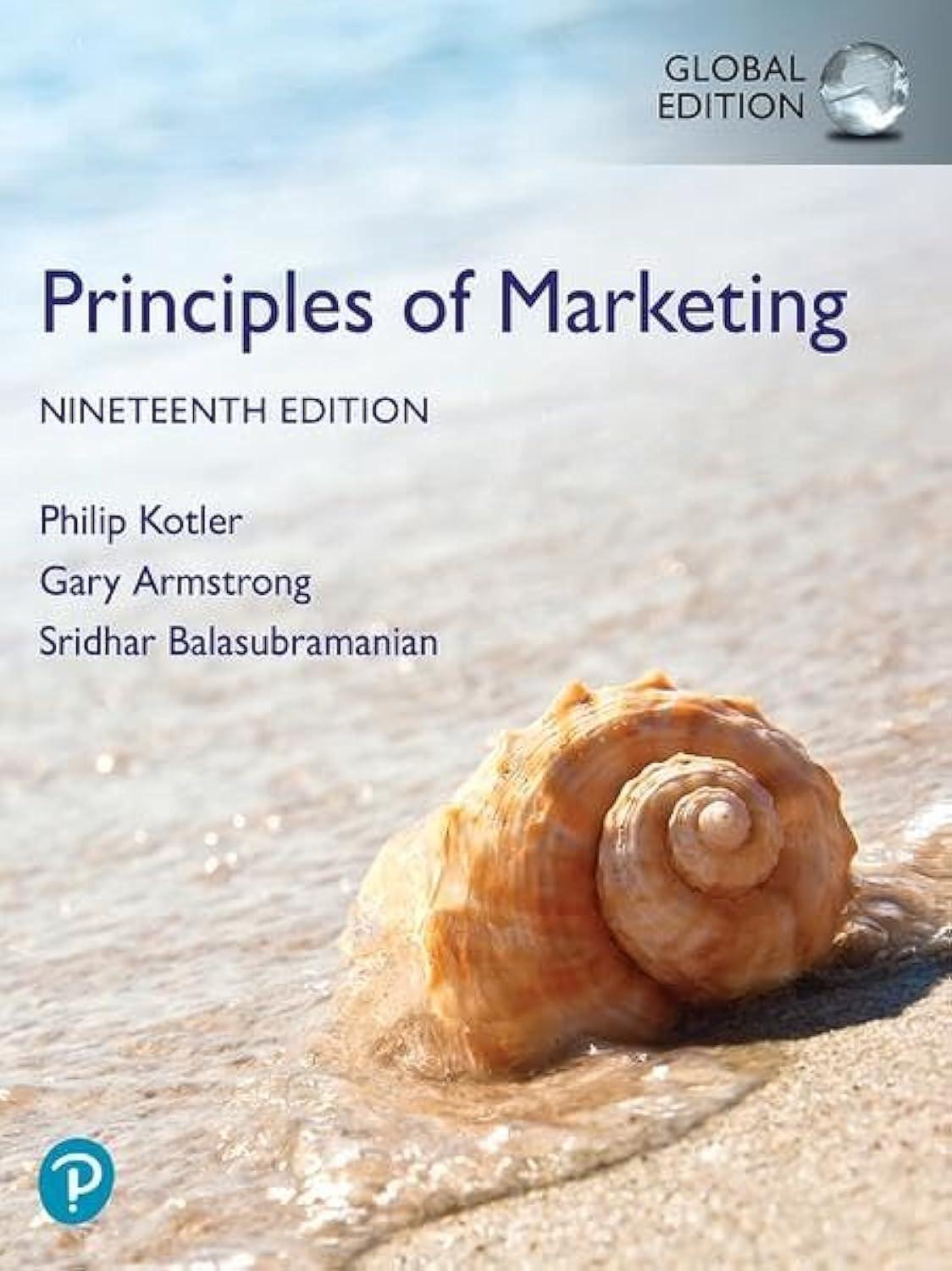Multinational corporations such as Gillette were widely criticized in 2017 for perpetuating the price differential between men's
Question:
Multinational corporations such as Gillette were widely criticized in 2017 for perpetuating the price differential between men's and women's razors. A survey by The Times in 2016 revealed that clothes, beauty products, toys, and other products were routinely more expensive for women than men.
According to the newspaper, the prices were 37 percent higher across several product categories. This price discrimination is not new; neither is it restricted to women's clothes, pink razors, and dolls. A report by the New York City of Consumer Affairs (From Cradle to Cane: The Cost of Being a Female Consumer, 2015) found that across 800 identical products, on average the female version was 7 percent more expensive.
Perhaps part of the explanation is price sensitivity. In other situations, a business will attempt to increase the price out of balance to the increase in cost to them if they can manage it.
Sellers do rely on making a greater profit by sneaking "addons" or personalizing products. In these cases, the buyer effectively self-selects the higher price. It may be a simple extra topping on a dessert, a super-sized version of the standard product, or even a vanilla syrup shot in a coffee. All attract a nice mark-up for the seller.
There are other forms of price discrimination that are routinely used by businesses. Identify the different types and comment on their impact on customer value-driven approaches.
Step by Step Answer:






